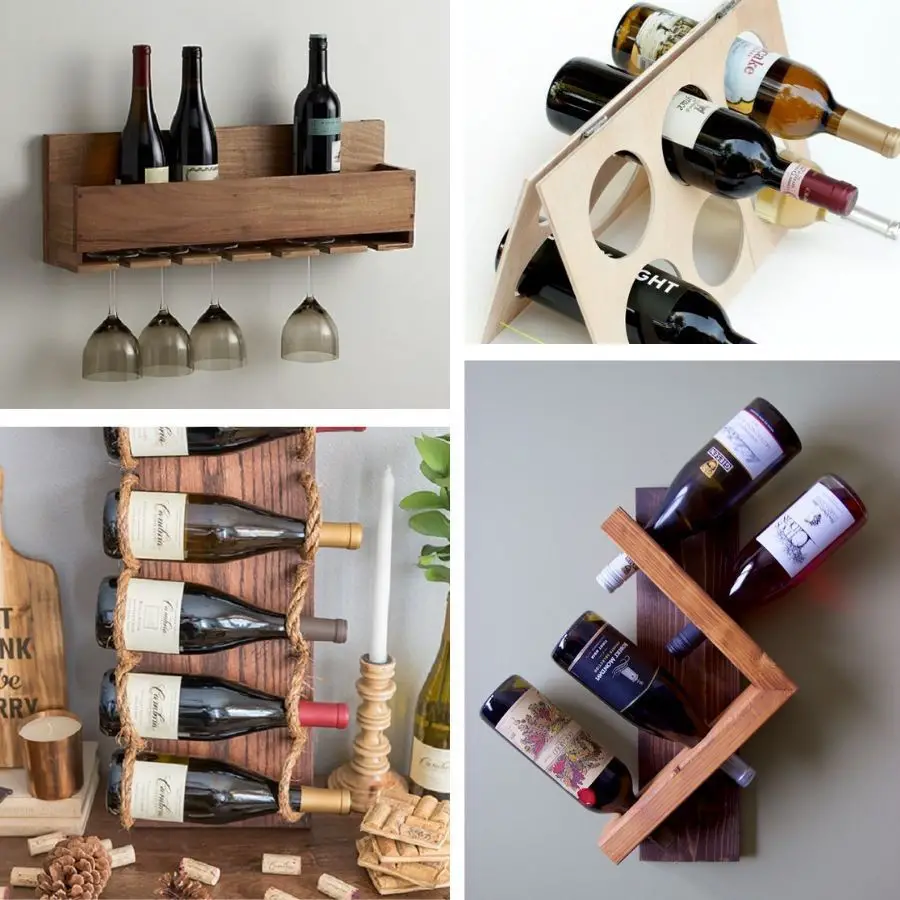
Craft Your Child's Imagination: Creating Educational Wooden Toys
In a world saturated with screens and digital entertainment, it's refreshing to return to the simple joy of hands-on learning. Wooden toys, with their natural warmth and tactile appeal, offer a unique opportunity to engage children's imaginations and nurture their development. Beyond mere amusement, these handcrafted treasures can become powerful tools for fostering crucial skills like problem-solving, creativity, and fine motor coordination.
Unleash the Power of Wooden Toys
Wooden toys go beyond the ordinary. They provide a tactile and sensory experience that digital devices simply cannot replicate. The smooth texture of wood, the satisfying sound of pieces clicking together, and the weight of the object in a child's hand all contribute to a more immersive and engaging experience.
Benefits of Wooden Toys
The benefits of wooden toys extend far beyond entertainment. Here's why they're a valuable addition to any child's playtime:
- Cognitive Development: Wooden toys encourage problem-solving, critical thinking, and spatial reasoning. Simple puzzles, building blocks, and sorting games help children develop these essential skills.
- Fine Motor Skills: The act of manipulating wooden pieces strengthens hand-eye coordination, dexterity, and fine motor skills. This is especially important for children who are developing their writing and drawing abilities.
- Creativity and Imagination: Wooden toys act as blank canvases for children's imaginations. They can be transformed into anything from spaceships to castles, encouraging creativity and the ability to think outside the box.
- Durability: Wooden toys are known for their durability, making them a long-lasting investment that can be enjoyed for generations. They are less prone to breaking than plastic toys, and their natural beauty only enhances with age.
- Sustainability: Choosing wood as a material for your child's toys promotes environmental consciousness. Wood is a renewable resource that can be harvested sustainably, making it a more eco-friendly choice than plastic.
DIY Wooden Toy Projects: A Journey of Creativity
Crafting your own wooden toys is not just about creating a tangible object; it's about sharing a unique and personal experience with your child. It's an opportunity to bond, teach, and learn together. This DIY journey allows you to customize designs, choose safe and eco-friendly materials, and create toys that truly resonate with your child's interests.
Simple and Engaging Projects for Beginners
For those new to woodworking, there are plenty of easy and rewarding projects to get you started:
- Wooden Puzzles: Start with a simple design, like a shape puzzle with interlocking pieces. Use a jigsaw or a scroll saw to cut out the shapes from a piece of plywood or hardwood. Sand the edges smooth and paint the pieces with bright, child-friendly colors.
- Building Blocks: Simple wooden blocks are a timeless toy that never goes out of style. Cut wooden dowels or square blocks to different sizes and shapes. Sand them down and let your child paint them with their favorite colors.
- Wooden Train: Using a simple design, you can create a wooden train with wheels, a carriage, and even a little engine. Cut the pieces from plywood, use dowels for axles, and sand everything smooth. You can add details with paint or felt.
Advanced Projects for Experienced Crafters
For those with more woodworking experience, there are more intricate projects to explore:
- Wooden Dollhouse: Create a miniature world for your child's dolls with a wooden dollhouse. Use wood glue and clamps to assemble the walls, roof, and floors. You can add windows, doors, and furniture using simple hand tools.
- Wooden Carpentry Tools: Encourage your child's interest in carpentry by making them a set of wooden tools. Use wood scraps to create miniature hammers, saws, screwdrivers, and other tools.
- Wooden Play Kitchen: Build a functional play kitchen with a sink, stovetop, oven, and cabinets. This project requires more advanced woodworking skills, but it's a rewarding way to create a unique and imaginative toy.
Safety First: Tips for Working with Wood
Safety is paramount when working with wood, especially when crafting toys for children. Here are some essential tips:
- Choose Safe Materials: Opt for untreated, non-toxic wood that is free from chemicals and finishes. Avoid using plywood with formaldehyde.
- Sand Smoothly: Sand all edges and surfaces of your wooden toys thoroughly to remove any sharp splinters or rough areas that could harm children.
- Use Child-Safe Finishes: If you choose to paint or varnish your toys, use non-toxic, lead-free paints and finishes specifically designed for children's toys.
- Supervise Children: Always supervise children when they are playing with wooden toys, especially those with small parts that could be choking hazards.
Creating Lasting Memories Through Play
Crafting wooden toys is more than just a hobby. It's an opportunity to connect with your children on a deeper level. The shared experience of creating something together fosters a sense of pride and accomplishment. You're not just building a toy; you're building memories that will last a lifetime. As your children grow, these handcrafted treasures will become heirlooms, reminders of the love and care that went into their creation. So, pick up your tools, embrace your creativity, and embark on a journey of crafting wooden toys that will inspire and enrich your child's world.




















